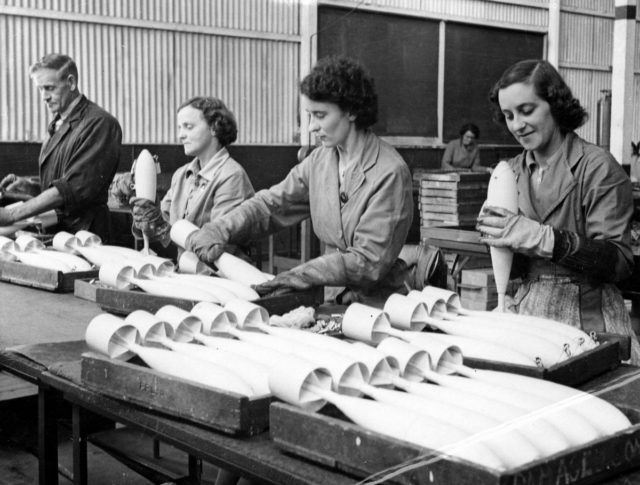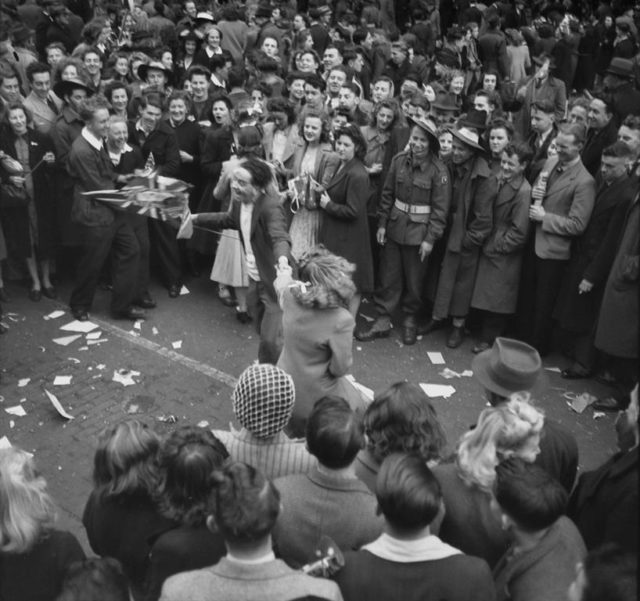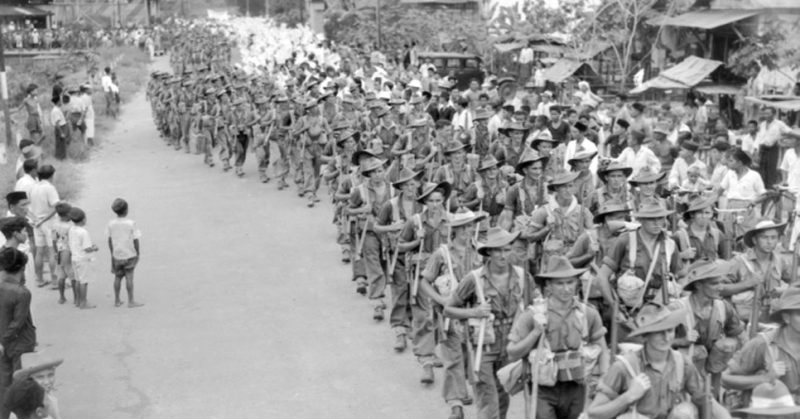Nearly a million Australians, men and women, served in World War II.
As the war started, those serving overseas were subject to the horrors of war, but those that remained at home didn’t see much change in their lives. The cost of living went up, and unemployment rose, but they didn’t feel vulnerable until 1940, when it began to appear that Japan would enter the war.
By the middle of 1941, Australian factories were in full war production mode, women were undertaking jobs traditionally held by males and civilians were volunteering to work for the war effort.
In December, Japan formally entered the war, and many Australians were convinced Japan would try to invade them. Blackout restrictions were mandated, air raid sirens were installed, barbed wire was implemented along beaches on the east coast and families dug air raid shelters.

The prime minister took on extraordinary wartime powers, the government enforced strict censorship of media and Australians born in other countries (mainly Germany, Italy, and Japan) were placed in internment camps.
On February 19, 1942, the Japanese launched their first attack on Australia, attacking Darwin by air. Over 200 people were killed. Similar attacks occurred in northern Australian towns until 1942.
Darwin was strategic in that it was a main harbor and port for the area.
In June 1942, rationing was implemented although it never became as onerous as the rationing in the UK. Covered items included footwear, meat, tea, butter, and sugar.
The government raised money for the war effort by issuing bonds called “Victory Loans” and urging citizens to buy them.
When the prime minister of Britain, Winston Churchill, said that he would use his troops to protect the UK rather than help the Australians against the Japanese, the Australians looked to the USA for help. The Americans responded by sending troops starting in early 1942. By 1943, a quarter of a million US troops were stationed in Melbourne, Sydney, and Brisbane.
Since the Americans were paid better than the Australian soldiers, they were able to woo many of the Australian women, Herald Sun reported.

When the Germans surrendered on May 8, 1945, the fight against the Japanese continued and did not end until after the US dropped two atomic bombs on Hiroshima and Nagasaki. Japan surrendered on August 15, 1945.
Authorities closed all the pubs on that day, concerned that the celebrations would get out of hand. Crowds gathered in the streets and danced together.
